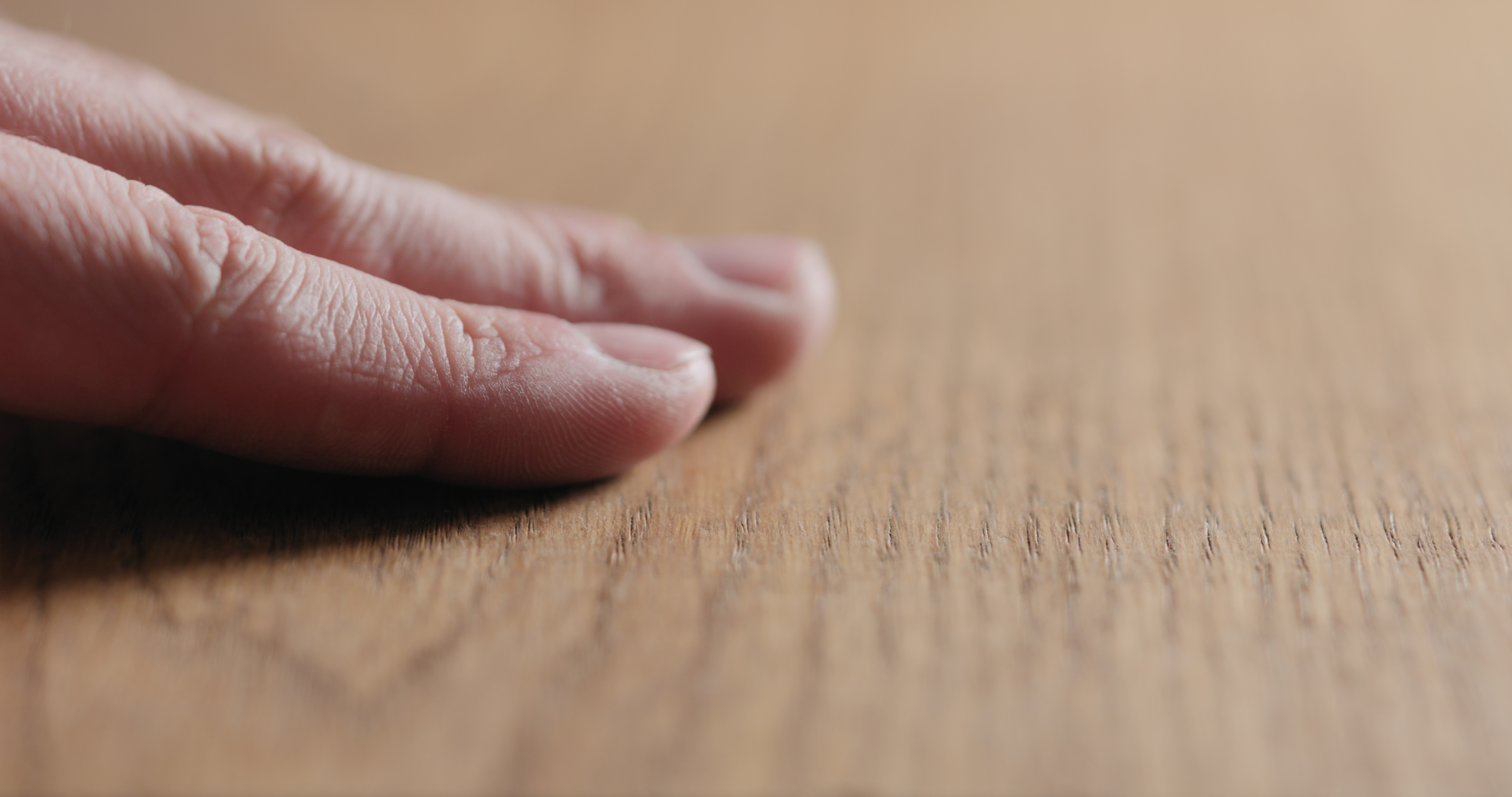Buckled Hardwood Floor: Causes, Fixes, and Prevention

A buckled hardwood floor can be alarming. Boards may lift, warp, or separate, leaving your floor looking uneven and unsafe. The good news is that with the right steps, you can repair the damage and prevent it from happening again. Wood is a natural material that reacts to its environment, and understanding this movement helps keep your floor strong and beautiful.

What Causes a Buckled Hardwood Floor?
Moisture is the main reason wood floors buckle. When planks absorb too much water, they swell and push against each other, forcing the boards upward. A wood floor will expand 100 times more width wise than length wise so this expansion will most likely occur across the width of the floor. Timber flooring performs best when installed at a moisture content of 9% +/-2%, matching the equilibrium relative humidity (RH) of the indoor environment. When ambient RH rises above 60%, boards can swell. When expansion is restrained, buckling will occur. Common causes include:
- Spills or leaks left untreated
- High humidity levels indoors: above 60% for a sustained period of time.
- Improper installation: Lack of 10-15 mm expansion gaps around perimeters or obstructions at thresholds.
- Inadequate subfloor preparation: Absence of moisture barriers on concrete substrates or poor levelling.
Even small amounts of subfloor moisture, measured in excess of 75% RH (to BS 8201 standards), can initiate movement sufficient to cause buckling. Installation and maintenance are imperative.

How to Fix a Buckled Hardwood Floor
The solution depends on how much damage has occurred:
- Minor lifts: If only slightly raised, weight and drying may allow boards to settle back into place. Stabilise the environment, and allow the boards to re-seat. Use a suitable flooring adhesive such as Woodpecker MS Parquet to re-bond the boards to the subfloor.
- Severe buckling: Warped or split planks usually need replacing. See our plank replacement guide for a step-by-step approach. Installers trained through bodies like the BWFA or NWFA can ensure the work meets the highest standards.
Repairs may also involve sanding, refinishing, or hardwood floor filling to restore a smooth finish. Parquet floor repair requires careful pattern matching to maintain its design.

How to Prevent Hardwood Floor Buckling
Prevention is the best way to avoid costly repairs. A few habits will make a lasting difference:
- Control indoor humidity with ventilation or a dehumidifier, keeping it within the ideal 40% to 60% relative humidity range. This balance minimises seasonal expansion and contraction in timber while protecting against excess moisture that leads to swelling.
- Moisture protection: Always test concrete substrates with a calibrated hygrometer. Apply a damp-proof membrane if readings exceed 75% RH.
- Ensure proper installation with acclimatised boards, correct subfloor preparation, and expansion gaps. Learn more in our installation guide.
- Clean spills promptly using the right hardwood floor care methods.
- Avoid trapping moisture beneath rugs or heavy furniture.
A Natural Choice That Lasts
Choosing wood means choosing warmth, character, and a floor that can be repaired rather than replaced when issues arise. With the right approach to wood floor repair, fixing hardwood floors, and everyday care, your floor will remain a beautiful and durable feature for years to come.
